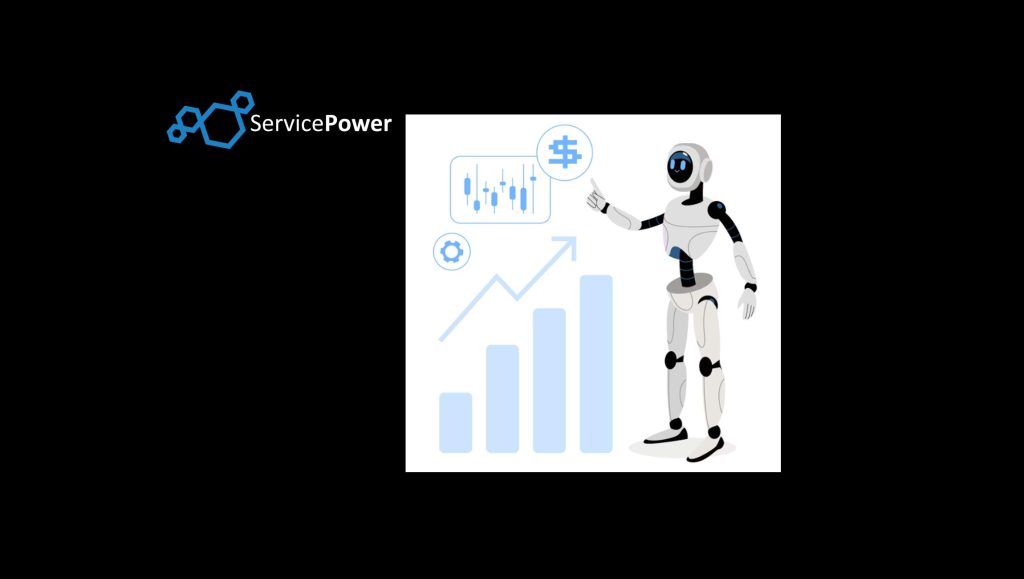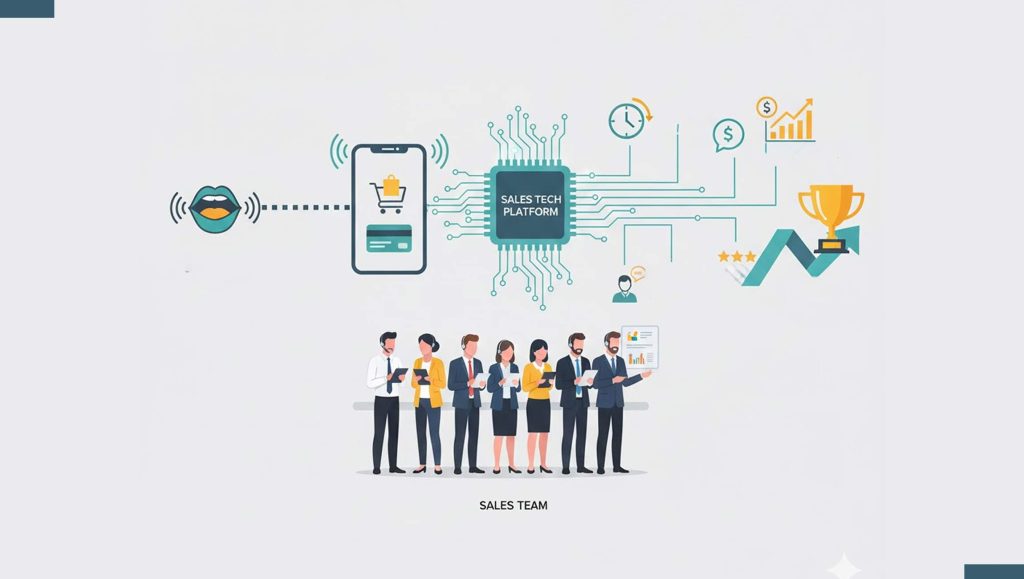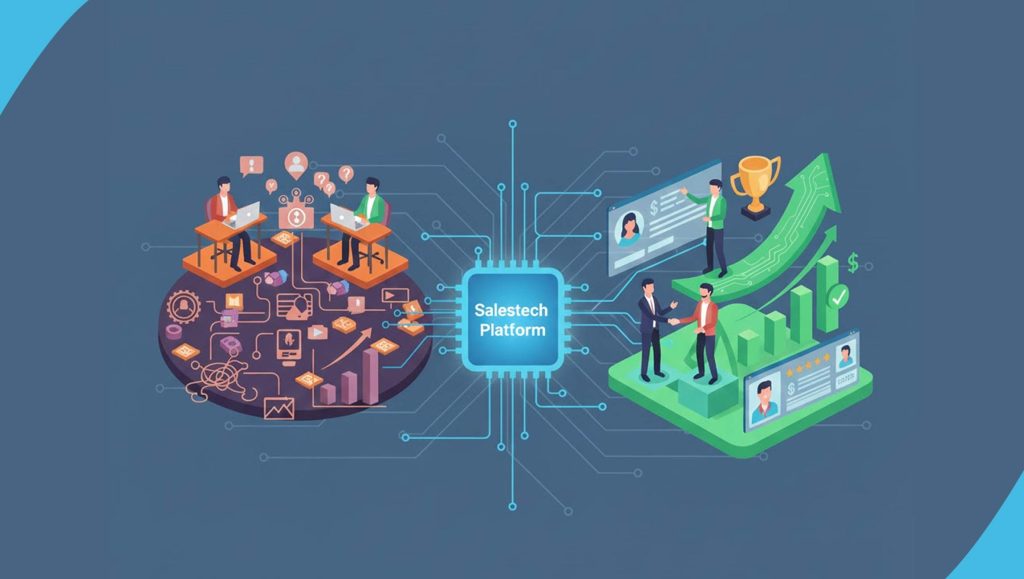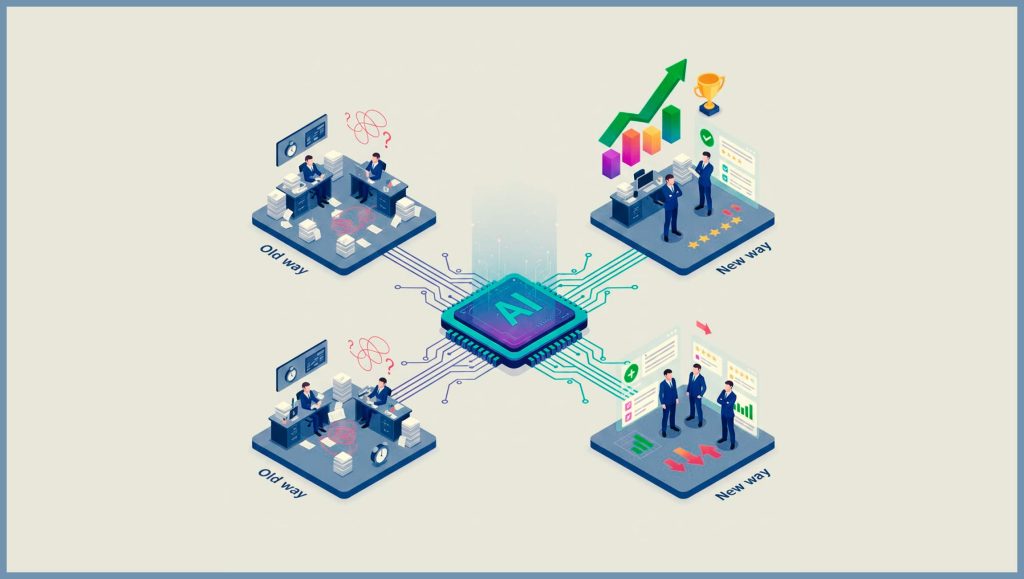Price erosion remains a pressing concern for many businesses operating in competitive environments. When rivals cut rates to secure contracts, organizations risk lowering margins and devaluing their offerings. By using sales automation effectively, companies can protect their pricing power, improve profitability, and prioritize clients who truly appreciate long-term value. This article explores how automated tools help sellers avoid perpetual discounting while focusing on high-yield customers.
Why Consistent Discounting Hurts Revenue?
Price erosion occurs when ongoing market pressures compel sellers to reduce rates continuously. In fiercely competitive markets, companies might slash prices in an attempt to stay relevant and lure customers away from rivals.
Price erosion weakens profitability over time and can damage brand perception. Businesses risk undermining their market positioning, especially when new entrants use aggressive pricing as a quick growth strategy. Solidifying healthy margins and keeping rate integrity become significant challenges without a precise system to monitor and adjust pricing strategies.
Why Sales Teams Struggle with Rate Integrity?
B2B sales often involve larger contracts, extended negotiations, and multiple decision-makers. This environment makes maintaining profitable price levels under relentless competition more difficult.
-
Complex Purchasing Cycles:
Longer negotiations open opportunities for buyers to push for incremental discounts. Without a robust structure, sales reps might concede lower prices too readily.
-
Aggressive Competitors:
Rival companies may resort to pricing wars to gain quick traction. This continuous downward spiral damages industry-wide profitability.
-
Pressure for Immediate Wins:
Quarterly targets can prompt sales teams to close deals at any cost. Without safeguards, they might prioritize short-term revenue over strategic long-term gains.
How Technology Shields Margins and Boosts Profitability?
Sales automation provides crucial mechanisms for defending profit margins. By systematically analyzing data, these tools guide sales professionals toward informed decisions rather than impromptu discounting.
Automation platforms aggregate customer insights, market trends, and historical transactions. They also help teams set price thresholds and margin guidelines, reducing the risk of damaging price cuts. Such streamlined processes improve negotiation outcomes and support a disciplined approach to sustaining healthy pricing levels.
Read More: SalesTechStar Interview with Abhi Anantharaman, CTO at Syndigo
The Power of Objective Metrics in Targeting Profitable Opportunities
Automated deal scoring ranks opportunities based on predetermined criteria like potential revenue, customer loyalty, industry vertical, and engagement history. This system ensures sales teams invest energy in prospects more likely to value quality over bargain-basement rates.
Automated deal scoring also helps filter out leads fixated solely on rock-bottom pricing. By highlighting customers who appreciate long-term partnerships, sales automation fosters conversations centered on shared success instead of perpetual cost reductions. When reps can pinpoint high-potential accounts, they uphold pricing integrity while strengthening client relationships rooted in trust and value.
Strategies for Using Sales Automation to Counter Price Erosion
Sales automation offers a suite of capabilities that fortify pricing power. In this section, we look at how certain approaches help sustain profitability and minimize the erosion that stems from aggressive discounting.
-
Intelligent Pricing Engines:
Automated systems apply real-time data to generate price recommendations based on parameters like customer history and competitive benchmarks. This consistent guidance ensures reps avoid ad-hoc discounts.
-
Customized Alerts for Margins:
Sales teams receive notifications if deals dip below acceptable thresholds. These warnings encourage immediate course correction, limiting unnecessary price concessions.
-
Bundling and Up-Selling:
Guided selling components within sales automation tools suggest relevant add-ons and packages. This approach increases perceived value, justifies premium rates, and reduces instances of steep price cuts.
Implementing Sales Automation for Price Protection and Deal Scoring
Introducing sales automation demands thoughtful planning, careful user training, and a commitment to continuous refinement. Here’s how organizations can implement effective solutions for price protection and automated deal scoring:
Begin with a comprehensive needs assessment to identify existing gaps in pricing controls. Map out which features align with your sales objectives and internal workflows. Next, prioritize integration with other essential business systems, including CRM platforms and analytics dashboards, ensuring seamless data flow across departments.
Once integrated, train your sales force on using automated deal scoring dashboards. Encourage open discussions about common pricing challenges and demonstrate how automated recommendations support more consistent negotiation strategies. Lastly, monitor results after deployment. Gather feedback from your sales reps, measure improvements in margin maintenance, and fine-tune parameters to fit evolving market conditions.
Conclusion
In a world where undercutting rivals often feels like the only path to quick wins, sales automation provides a sustainable alternative. By using intelligent deal scoring and automated pricing safeguards, you can preserve margins and fortify brand value. This approach prioritizes high-potential clients who appreciate quality, elevating customer relationships beyond transactional bargains.
By adopting advanced sales automation solutions, leaders can protect profitability, streamline processes, and ensure their teams focus on clients who genuinely value what they bring to the table.
Read More: The Death Of The Sales Discovery Checklist Is Pushing Buyers Away: Here’s Why





















